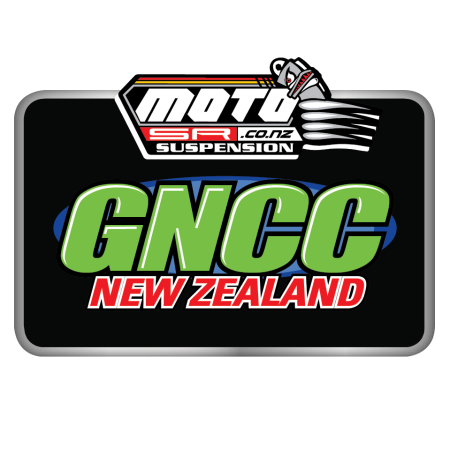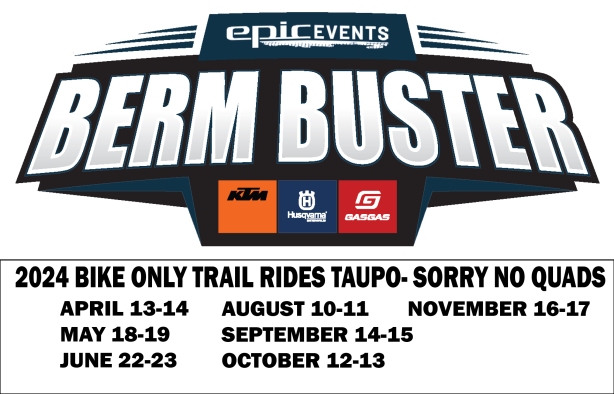 |
Suzuki NZ Ltd - Press Release:
BACK in 1986, Suzuki rolled out a potent little device powered by a DOHC, four cylinder, 16-valve 1297cc fuel-injected engine – the Swift GTi.
In short order the Swift GTi established itself as a pocket rocket par excellence, its light weight, quick steering and nimble handling embarrassing more expensive cars on both road and track.
Suzuki’s motorcycle engine building prowess saw to it that the highest specification Swift was able to crank out 115 bhp at 7500 rpm with 110 Nm of torque at 6500 rpm.
This, combined with a light and aerodynamic body, was the secret of the Swift GTi’s performance. To cheat the wind, Suzuki adopted flush fitting windows and smoothly contoured lights to achieve an aerodynamic drag coefficient of just 0.32.
Suzuki’s Swift GTi was in production from 1986 until 1997 and still has a cult-like following around the world.
A year after production ceased, Suzuki pulled the wraps off another fuel-injected 1298cc DOHC, four cylinder 16-valve model on which hundreds of hours of aerodynamic study had been lavished. It was the Hayabusa – unveiled at the Munich Motorcycle Show in late 1998.
Although sharing an almost identical engine displacement with the Swift, the Hayabusa had an ‘over-square’ engine compared with the GTi, using a considerably bigger cylinder bore of 81mm (74mm for the GTi) and a short stroke of 63mm (GTi: 75.5mm).
With ram-air intakes in the front of its porpoise-nosed fairing, the Hayabusa cranked out a staggering 175 bhp at 9800 rpm, making it the most powerful engine Suzuki has ever produced for a series production motorcycle.
Designed to be the fastest production motorcycle in the world, the Hayabusa quickly assumed that mantle with record-setting performances on both sides of the globe.
At its press launch in Spain, test riders from motorcycle magazines were reaching speeds of 280 km/h on the short 1000m main straight at Jerez.
Yet, despite the new Suzuki’s phenomenal performance, the Hayabusa also impressed with its well-mannered civility and sophistication.
As one press tester explained: “the riding position is a near perfect balance for fast riding and touring and the fairing protection is excellent. The seat is plush enough for all day riding. And motorway cruising is just as easy because of the way the screen deflects the wind so well.”
Spanish magazine Motociclismo then took a Hayabusa to the banked 7.5 km Idiada oval track and clocked an electronically timed 313.562 km/h, clearly establishing the Suzuki as the world’s fastest road-going production motorcycle.
To put that in perspective, the Hayabusa is around 15 km/h faster than the V12 5.7 litre Lamborghini Diablo.
Clearly impressed by the Hayabusa’s comfort and performance, it was voted International Bike of the Year for 1999.
By the end of that first year in production, Wanganui’s Brian Bernard had won the final round of the 1999 Suzuki Road Race Series at Manfeild on a Hayabusa, proving it was as proficient on a winding ribbon of asphalt as it was in a straight line. This was the Hayabusa’s first win in Production racing anywhere in the world.
Then Timaru diesel mechanic and motorcycle racer John Hepburn knocked off the New Zealand motorcycle record previously held by a Britten V1000 – setting a new two-way average of 307.447 km/h on Matai Road near Edendale in Southland on February 5, 2000 – recording a best one way pass of 310 km/h in the process.
That was enough to break the New Zealand flying quarter mile record of 302.427 km/h established by Jon White on a Britten V1000 in December 1993.
A month later, Wanganui’s Brian Bernard won the first Formula Xtreme race ever held in New Zealand when he took a Hayabusa to victory at Manfeild on March 5, 2000.
The Hayabusa’s record setting did not end there though.
In August 2000, a Pirelli-backed team took a showroom standard GSX1300R Suzuki Hayabusa to the banked oval Nardo course in Italy and ended up with no less than 10 world records. They started off with a world record 198.113 km/h for a measured kilometre from a standing start then backed that up with a 306.598 km/h pass through a measured kilometre, this time with a flying start.
Six more world records were established before the Italians concluded with new distance records for six hours (1618.550 km) and 12 hours (3043.566 km), with average speeds of 269.758 km/h and 253.630 km/h respectively.
Five years on, those records are still intact. Which just shows what a technical tour de force the Suzuki Hayabusa represents. For example, not only is spark timing determined by engine rpm and throttle opening, it also varies according to which of the transmission’s six gears is engaged, taming power in the lower gears.
Underscoring the Hayabusa’s muscular power delivery in the lower reaches of its rev range, Australian magazine Performance Streetbike discovered it was the fastest accelerating bike in top (sixth) gear it had ever tested. How long did it take for the big Suzuki to go from 60 to 120 km/h in sixth gear? Try 4.9 seconds!
Although Suzuki\'s engineers achieved a powerful result with Hayabusa’s engine, the company\'s aerodynamicists are due an equal measure of the credit for the machine’s performance, as well as the striking looks of its wind-cheating bodywork. Suzuki\'s design team spending hours wind tunnel testing with a rider in place.
Every single detail of airflow around a motorcycle was studied by the Suzuki aerodynamics team. They even looked at the way hot air flows out of a fairing vent and meets air flowing past the sides of the fairing.
The riding position also had to be comfortable as well as aerodynamic and this was a big part of the design equation.
Suspension performance had to be commensurate with the rest of the potent Suzuki’s performance, enabling it to cope with anything the road surface throws at it, so Suzuki opted for a set of top-of-the-line inverted forks with adjustable damping and spring pre-load to control front wheel action.
Apart from revised colour schemes, changes to the Hayabusa have been minimal.
For the 2003 model year the front suspension was upgraded with titanium-nitrided stanchions for reduced stiction and improved feel.
Copying the race winning GSX-R1000, the Hayabusa\'s powerful six-piston calipers are now featured in gold, while the 320mm floating discs have black carriers.
Other updates include an Electronic Control Module (ECM) increased in processing power from 16-bit to a 32-bit, producing smoother fuel delivery and power with an enhanced throttle response.
And a hazard light switch has been mounted on the handlebars.
For the 2004 model year, the Hayabusa is available in three colour schemes: blue/silver, purple/black and blue/black.
Today, $21,000 will put the world’s fastest motorcycle and a peerless piece of two-wheeled history in your garage. Although quite different to the Swift GTi, the Hayabusa too has already achieved a cult-like following.
SUZUKI HAYABUSA FAST FACTS
September 1998: Suzuki Hayabusa revealed at Munich Motorcycle Show .
February 1998: Press Launch, Jerez, Spain.
March 1998: Spanish magazine Motociclismo tests at 7.5 km Idiada track: clocks an electronically timed 313.562 km/h. (This compared with 278 km/h for Kawasaki’s ZZR1100 and 283 km/h for the Honda Super Blackbird which were also tested at Idiada.)
September 1999: Hayabusa’s first race win – Brian Bernard, Manfeild Autocourse, final round of Suzuki Road Race Series, Sports Production class.
December 1999: Hayabusa voted International Bike of the Year.
February 5, 2000: John Hepburn sets N.Z. motorcycle record top speed of 310 km/h with a two-way average of 307.447 km/h in Southland Motorcycle Club electronically controlled time trial at Matai Road, Edendale, Southland.
March 5, 2000: Brian Bernard wins first Formula Xtreme race ever held in New Zealand, at Manfeild, on a Suzuki Hayabusa.
August 2000:
Suzuki Hayabusa World Speed Records
1300cc Record - Time/Distance - Speed Rider(s)
1 mile standing start 221.101 km/h Franco Rossi
1 km standing start 198.113 km/h Salvo Pennisi
1 mile flying start 305.708 km/h Pio Braccini
1 km flying start 306.598 km/h Salvo Pennisi
10 km standing start 2m 09.48s 278.035 km/h Salvo Pennisi
100 km standing start 20m 25.29s 293.808 km/h Salvo Pennisi
1 hour 276.608 km Salvo Pennisi, Alesandro Abate, Franco Rossi
1000 km 3h 38mm 13.10s 274.954 km/h Pennisi, Abate, Rossi, Braccini, Piero Misani, Michele Corallini, Antonio Picciotto, Rosario
Scandurra, Salvatore Scandurra
Six hours 1618.550 km 269.758 km/h as above
12 hours 3043.566 km 253.630 km/h as above

